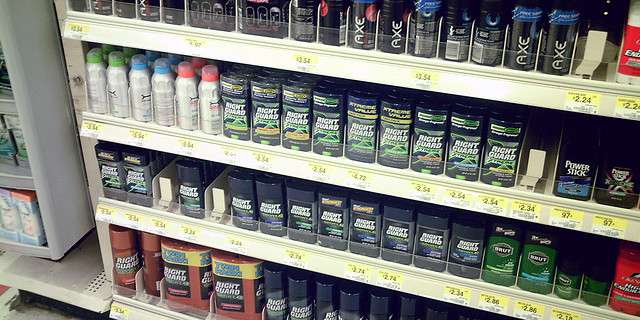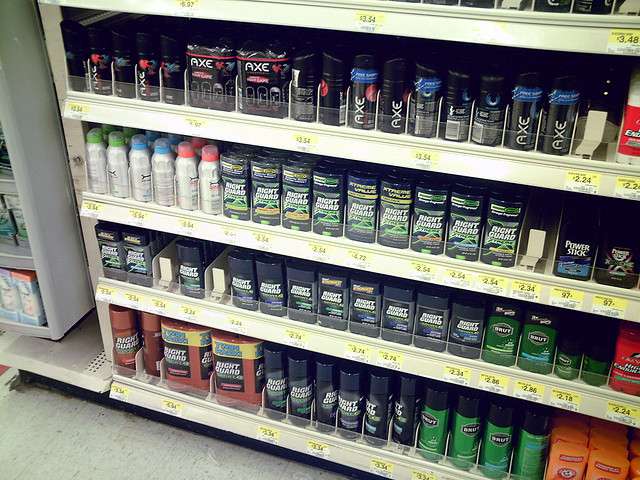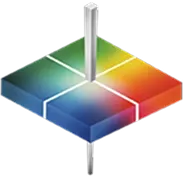
For the last thirty-five years, my aunt and uncle have been building a life and love together. By now, their patterns are long established. Settled and in their grooves, they resist any change that might disturb their comfortable routines. The last time I visited was evidence of this; I listened to them argue for a solid hour over a stick of deodorant. My uncle insisted that my aunt bought the wrong stick. My aunt insisted it was the same. My uncle disagreed. My aunt refused to go back to the store. My uncle refused to put on the deodorant. My aunt insisted he use the deodorant because it was the same. My uncle insisted it wasn’t, and that if my aunt wanted him to wear deodorant, she needed to go back to the store to get the right kind. My aunt refused but insisted he wear the deodorant. They repeated these points until it was time for lunch.

Instead of choosing from dozens of brands every time they go to the store, customers often default to the same deodorant over and over again. Image Credit: Flickr User Clean Wal-Mart (CC BY 2.0)



